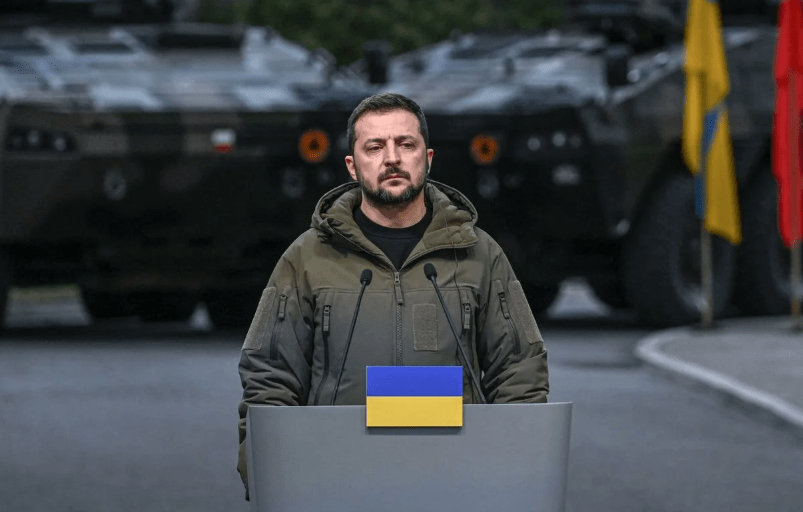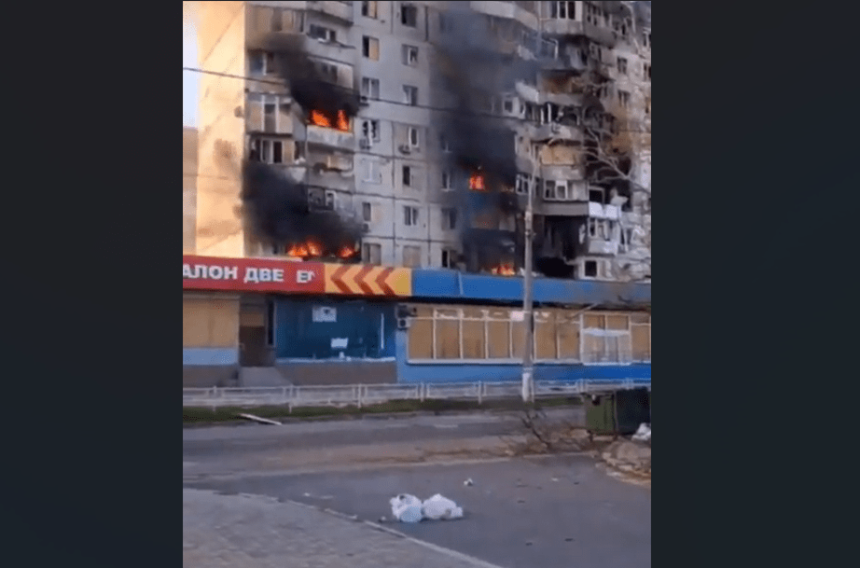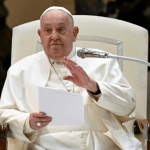A fresh barrage of deadly Russian airstrikes has rocked southern and eastern Ukraine, just hours after a brief Easter ceasefire came to an end, raising fresh concerns over the viability of a lasting peace deal.
At least three civilians were killed in the southern Kherson region, with several others wounded, according to Oleksandr Prokudin, head of the regional military administration.
Explosions also shook the nearby port city of Mykolaiv in the early hours of Monday, prompting widespread air raid alerts across multiple eastern regions.
“Explosions were heard,” confirmed Mykolaiv Mayor Oleksandr Senkevych via Telegram. The full scale of damage remains unclear, and no official casualty figures from the city have yet been released.
Meanwhile, four people were reportedly injured in Donetsk, another eastern region that has borne the brunt of the conflict. Vadym Filashkin, the region’s military administration head, confirmed the injuries but provided no further details.
It took Russia less than an hour to violate Putin’s so-called ‘Easter ceasefire.’
Russia is a terrorist state. pic.twitter.com/Eug6QS1tht
— Pekka Kallioniemi (@P_Kallioniemi) April 19, 2025
Ceasefire Ends in Accusations
The wave of violence erupted shortly after the conclusion of an unexpected 30-hour Easter ceasefire, declared by Russian President Vladimir Putin. Both Kyiv and Moscow have since traded accusations of truce violations.
Ukrainian President Volodymyr Zelensky said Russian forces breached the ceasefire nearly 3,000 times on Sunday alone. He had earlier appealed for the truce to be extended to 30 days, in alignment with a US-backed proposal—one Moscow quickly dismissed.

The Russian Defence Ministry, on the other hand, claimed strict adherence to the ceasefire and accused Ukraine of breaching it over 1,000 times. Putin insisted the truce was meant to provide humanitarian relief but warned that his forces would respond to “provocations.”
This latest spike in hostilities coincides with renewed diplomatic efforts by Washington to end the war, now in its third year. A proposal submitted by the US last week in Paris aims to broker a ceasefire and outline a political roadmap for peace.
According to sources familiar with the talks, part of the proposed framework would controversially see the US recognising Russia’s control over Crimea—a region annexed by Moscow in 2014. Such a move would mark a significant departure from the West’s long-standing position and is likely to stir tensions among allies.
The proposal has reportedly been shared with both Kyiv and Moscow, though neither side has issued a formal response.
Mixed Messages from Washington
US Secretary of State Marco Rubio issued a stark warning on Friday, stating that the US is ready to “move on” from mediation efforts if no progress is seen in the coming days.
However, President Donald Trump struck a more hopeful tone on Sunday. Posting on Truth Social, he wrote, “Hopefully, both sides would make a deal this week,” though he offered no specifics.
It remains unclear whether Trump would continue military or diplomatic support for Ukraine if talks falter. Officials say some components of the peace framework are still under negotiation, with further discussions expected in London this week.
Simultaneously, the Trump administration is planning a separate meeting involving US Middle East envoy Steve Witkoff and Russian officials to gain broader buy-in from Moscow.
While Kyiv has not responded publicly to the US framework, Zelensky remains firm on one issue—territorial integrity.
Last month, he reiterated that Ukraine would not recognise any occupied territories as Russian. “That’s a red line,” he stated plainly.
The fighting, which has continued unabated since Russia’s full-scale invasion in 2022, shows no sign of letting up. Despite occasional diplomatic overtures, violence continues to dominate the landscape.
As air raid sirens continue to pierce Ukraine’s skies and civilians bear the brunt of renewed strikes, hopes for a peace breakthrough appear increasingly fragile.
With the United States intensifying its push for a deal and tensions flaring on the ground, the next few days could prove pivotal. Whether diplomacy or artillery leads the way remains to be seen.






